Field study
By Tyler Housel, Contributing Editor | TLT Lubrication Fundamentals September 2025
Contact forces are important for tribology, but physicists must rely on fields to explain gravity and electromagnetics.
If you ask most people how a car works, they have a simple answer. You step on the gas pedal, which pumps gas into the engine. The gas burns, making the engine spin. There are some gears that move the spinning to the wheels to make the car go. An electric car is mostly the same except the gas pedal sends electrons from the battery into the motor to make the engine spin.
All good tribologists are required to understand the details of an internal combustion engine (ICE) where the motor converts combustion pressure to linear force using a four-stroke sequence with an oil film that minimizes friction and wear between the piston and cylinder. Spark plugs, rings, crankcase, carburetor, direct injection, supercharger, turbocharger, yada, yada, yada.
But what about the internal details of an electric motor? On a hot summer afternoon, my attic fan motor stopped working. When I finally got it apart (see Figure 1), the motor itself was okay, and I realized that it seized due to a lubrication failure—the grease became glue after 15 years. Of course, I had to destroy the motor to find out it should have been easy to fix. Electric motors come in all sizes and specifications and often last for decades when properly lubricated. The next few TLT Lubrication Fundamentals articles will examine how electric motors reliably convert electricity to torque using a jumble of wires and magnets. We start with the concept of fields that mediate the forces which induce motion.
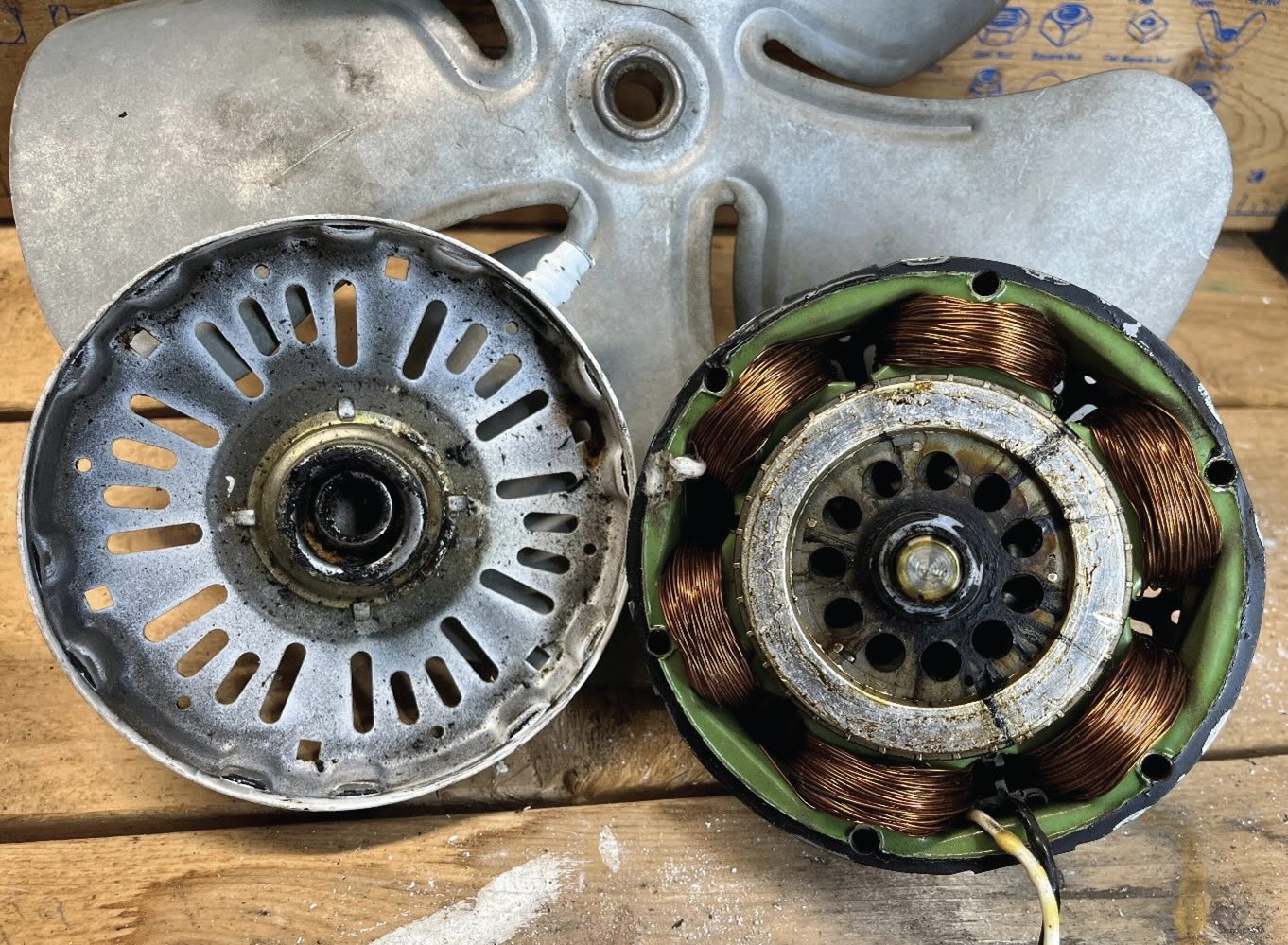
Figure 1. Electric motor failure caused by hardened grease.
From contact forces to fields
Tribology studies the interface between objects that rub together, so the previous 2025 TLT Lubrication Fundamentals articles focused on interactions through contact forces. All of the necessary physics is based on just three basic units: time, length and mass. These three are combined in various ways to develop concepts such as force, energy, power, momentum, pressure and eventually viscosity and friction.1 Contact forces assume that objects only interact when they come in direct physical contact. Each object has a definite collisional cross section, and they collide if their cross sections intersect. Otherwise the objects will simply pass by each other with no effect.
Contact forces do not work with electromagnetics because magnets and charged particles can be attracted or repelled at a distance without colliding. By the mid-1800s Gauss, Faraday and Ampère had developed laws that explained some of these effects and eventually, Maxwell2 combined and modified their contributions into a complete theory that describes all of classical electromagnetics from electric motors to cellular communication (see Table 1). Before digging into Maxwell’s field equations, we must understand what a field is and will use gravity as an example.
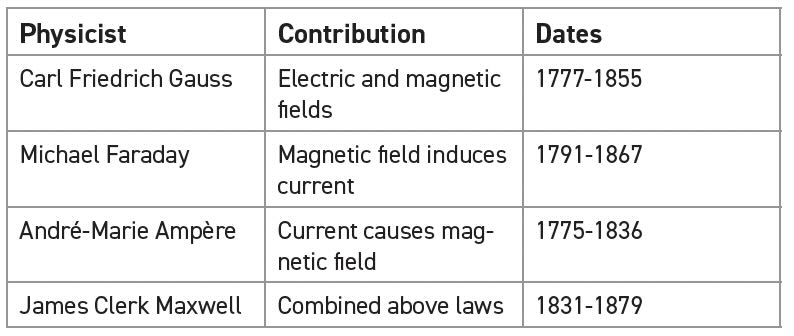
Table 1. Physicists and their contributions
Gravitational fields
Newton’s classical law of gravitation showed that the gravitational force between two objects depends only on the mass of each object (M1 and M2) and the distance (r) between them with an empirically derived universal constant (G). Newton’s equation solves for the gravitational force between any two objects, but Earthlings are mostly concerned with the force between ourselves and the Earth. The Earth’s gravitational field solves the force equation for any small object at any point in space near the Earth by treating the Earth as single object with a mass concentrated at the center (M1=ME) and a fixed radius (rE).3 Anywhere on Earth, the gravitational force of an object (also known as “weight”) depends only on the mass (M2). The ratio of weight (kg m/s2) to mass (kg) is a constant that causes all objects to accelerate downward at 9.81 m/s2. Remember the story that Galileo dropped different objects off the leaning tower of Pisa and they all fell at the same rate regardless of their size?4
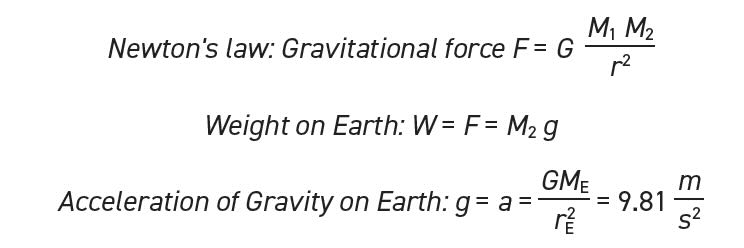
Since the Earth consolidates the mass in our region of space, the Earth’s gravity dominates and causes the gravitational field sketched in Figure 2. The red arrows show the direction of gravitational attraction toward the center of mass and the concentric purple circles (actually spheres) around the Earth show areas of equal field strength. From a relativistic standpoint, gravity changes the topography of space, so the purple circles are actually straight lines for objects orbiting the Earth.
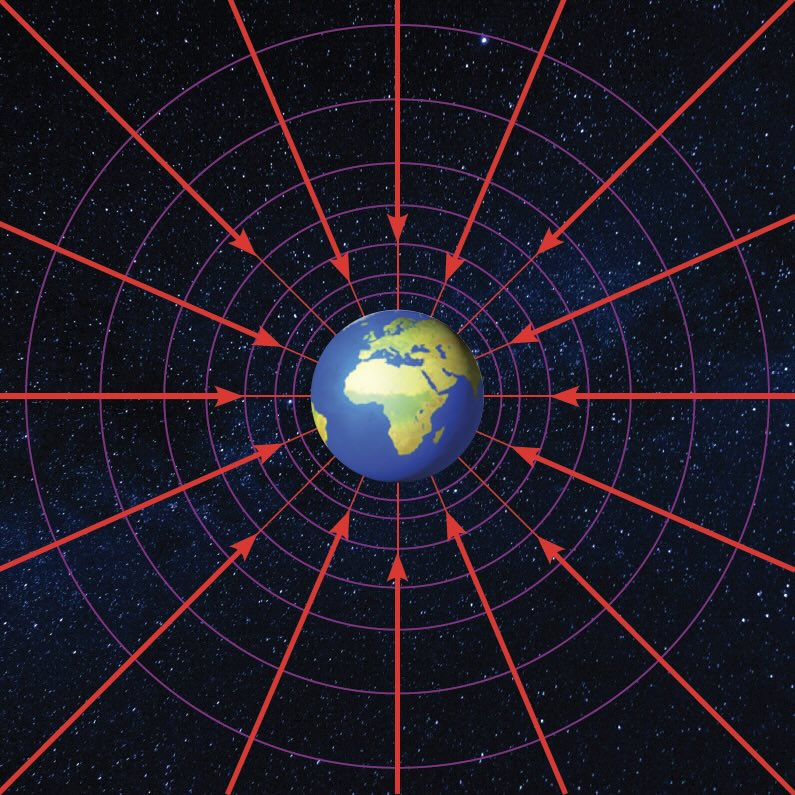
Figure 2. Gravitational field lines around the Earth.
In our everyday lives, we usually ignore the gravitational influence of the rest of the universe. But we can detect the subtle pull from the sun and moon by studying ocean tides. It can be overwhelming to think we are being pulled in all these different directions, but in fact, every object in the universe pulls on us with a gravitational force; the total force is the vector sum of all the individual forces. Newton’s equation works with pairs of objects, and it would be a massive (pun, sorry) task to repeat this calculation for every object in the universe. Fortunately, nature has a way of simplifying it by grouping mass together into moons, planets and stars with a lot of distance between them. That’s why the gravitational field lines near Earth (see Figure 2) are nice round spheres.
Fields mediate forces
How does the gravitational field mediate the interaction between an object and the field without any physical contact? An imperfect example is sound. When a tree falls in the woods and no one is around, does it make a sound? This old riddle attempts to decide whether “sound” is the act of causing air molecules to vibrate or the act of receiving the vibrations and converting them to a conscious human thought. Thus, the tree and the person do not interact directly; rather, the air acts as a physical medium for the sound to transfer from the tree to the person.
Through the end of the 19th century, physicists speculated the existence of a physical medium to mediate gravitational and electromagnetic interactions through otherwise empty space. However, detailed experiments never found evidence of a space filling “luminiferous ether” and the theory eventually died.5 We now believe that fields are an inherent property of space itself. Electromagnetic forces can be conveyed through vacuum or air without requiring physical contact. This means that most of the energy flows through an electric motor without friction and wear.
Electric fields
Coulomb’s law is a direct analogy of Newton’s law of gravitation showing that the electric force between two objects depends only on the charge (q) of each object and the distance (r) between them with a universal constant (k). Physicists often prefer to express the constant k in terms of the permittivity constant (ϵ0) to simplify geometric factors in some applications.

The equations for gravitational and electronic force have the same form, so we can visualize an electric field by replacing the Earth in Figure 2 with an electron. Einstein thought gravity was beautiful and spent years developing the theory of relativity. Although beauty is in the eye of the beholder, we can all agree that gravity is attractive. Gravity’s universal attractiveness is the main reason gravity works on the scale of planets, stars and galaxies. Newton’s equation shows that the gravitational field has a value everywhere in space, and objects with a large enough mass can still exert an attractive force over vast distances.
Electric forces are different because q1 and q2 can be either positive (protons) or negative (electrons). For everyone who thought “opposites attract” was dating advice, it actually means that the electric force between opposite charges (+/-) is attractive. And the force is repulsive if charges are the same.
Here’s an interesting thought experiment: Let’s say we have two gold bars in free space separated by one kilometer. Each is made of one mole of atoms, so they have 79 moles of electrons, 79 moles of protons and a mass of 197 grams. Despite all those charged particles, neutral gold bars have no net charge so they can only interact through gravity. The gravitational force between them is 2.6x10-18 Newtons, causing an acceleration of 1.3x10-17 m/s2. At that rate, it would take about four years for gravity to bring them one meter closer together.

But what if we could pull one mole of electrons from one bar and add them to the other bar? In chemistry, Au+1 and Au-1 are common oxidation states of gold, so let’s see if this could actually occur. Now, the bars have charges of (+/-) 96500 Coulombs. The electrical force is 8.4x10+13 Newtons, causing an acceleration of 4.3x10+14 m/s2. Classical equations soon break down since it would take only 68 nanoseconds to travel the first meter; they are already at 5% of the speed of light and accelerating.

Electric forces are vastly greater than gravity, but they tend to be local because positive and negative charges usually pair up into neutral atoms and molecules, so the attractive and repulsive forces cancel each other even at a distance of a few nanometers. A mole of Au+ ions cannot exist in nature. They would actually repel each other even more strongly than they would attract the Au- ions in the above example. When chemists talk of gold ions, they are always paired or bonded with other atoms that trade or share electrons, leading to a neutral local environment.
The universe is thought to be electrically neutral,6 with an equal number of positively charged protons and negatively charged electrons. Electric discharges like lightning and static electricity occur when there is a slight excess of the same type of charge in a region of space. These charges repel each other and eventually jump to a place that neutralizes the buildup. This is known as “grounding.” If charged regions are sufficiently separated in the vastness of space, perhaps they can remain stable enough to exert longer range forces similar to gravity (+/-) or antigravity (+/+ or -/-). I wonder if this can explain galaxy rotation anomalies without invoking dark matter—something to study on my own time.
Electricity starts with electrons
Nowadays, particle physics can split the protons and neutrons further into quarks that are held together with gluons. But electrons remain fundamental particles with an electric charge of -1. Although they have equal (opposite) charge, an electron has 2,000 times less mass than a proton, so we often consider positive charges to be stationary while electrons are mobile charge carriers.
This can lead to some confusion because current flow (I) and the electric field (E) point in the direction of moving positive charges as shown in Figure 3. In a wire, electrons move against the current and the electric field because the conventional rules of electricity were standardized before the electron was discovered. In a battery, positively charged lithium ions are mobile, so they move with the current.
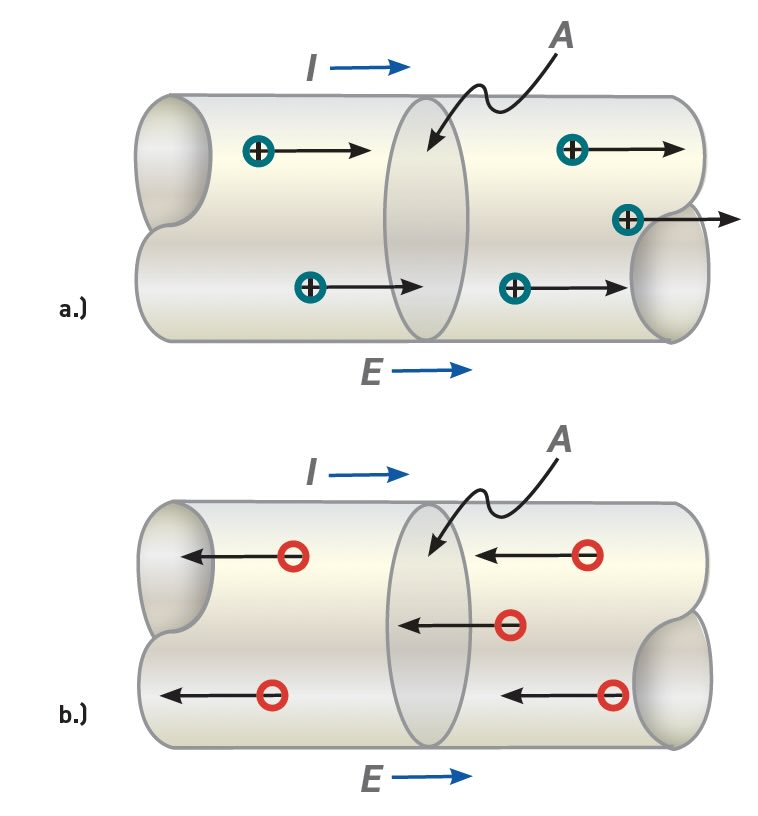
Figure 3. Current flow versus electron flow.
Next month’s TLT Lubrication Fundamentals article will continue this exploration of electromagnetism beginning with Maxwell’s field equations. Hopefully readers (and the author) will emerge with an understanding of how an electric motor really transforms a flow of electrons into torque. If not, we can just tell people the gas pedal sends electrons from the battery into the motor to make the engine spin. Be sure to wave your hands while explaining.
REFERENCES
1. Housel, T. (2025), “The metric system,” TLT, 81 (5), pp 28-32. Available at www.stle.org/files/TLTArchives/2025/05_May/Lubrication_Fundamentals.aspx.
2. www.feynmanlectures.caltech.edu/II_18.html
3. Note that we only feel the pull of the “downward” component of the mass.
4. No one knows if Galileo actually did this, but many others have run the experiment with this result.
5. http://spacetimecentre.org/vpetkov/courses/Luminiferous_aether.html
6. I don’t think anyone knows this for sure, but it is a good assumption for this discussion.
Tyler Housel is a technologist for Hnuco Technologies and is based in Lansdale, Pa. You can reach him at tylerhousel@comcast.net.